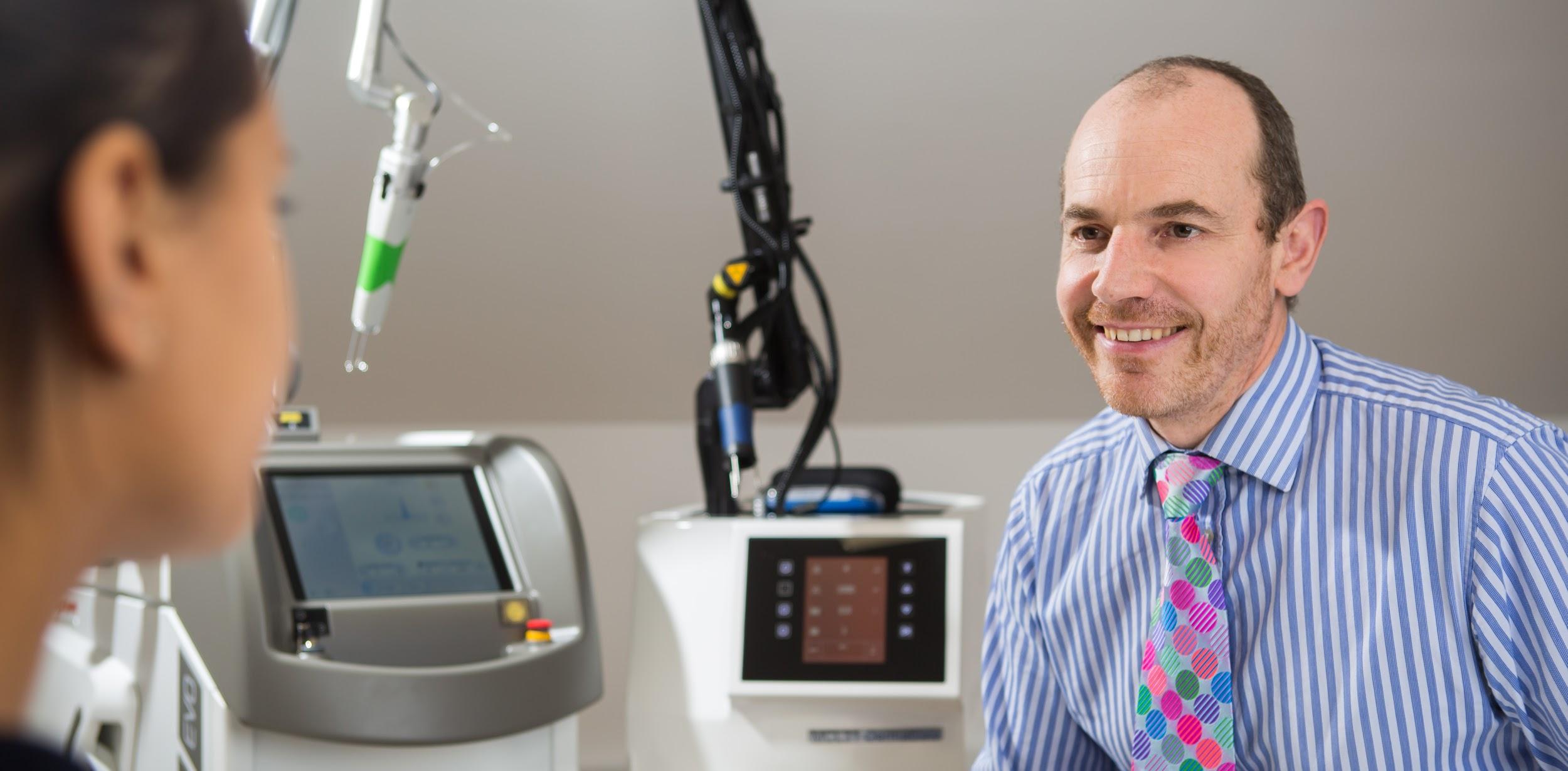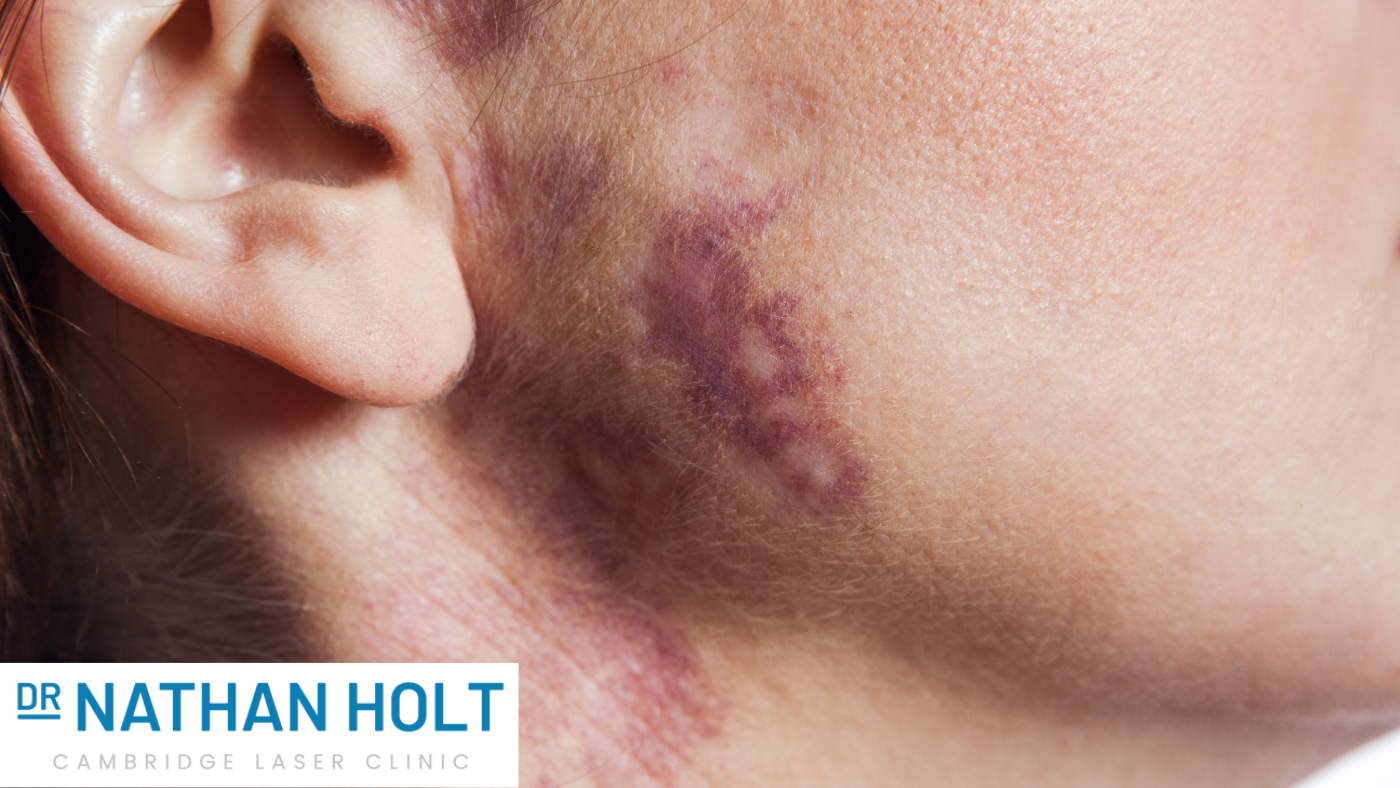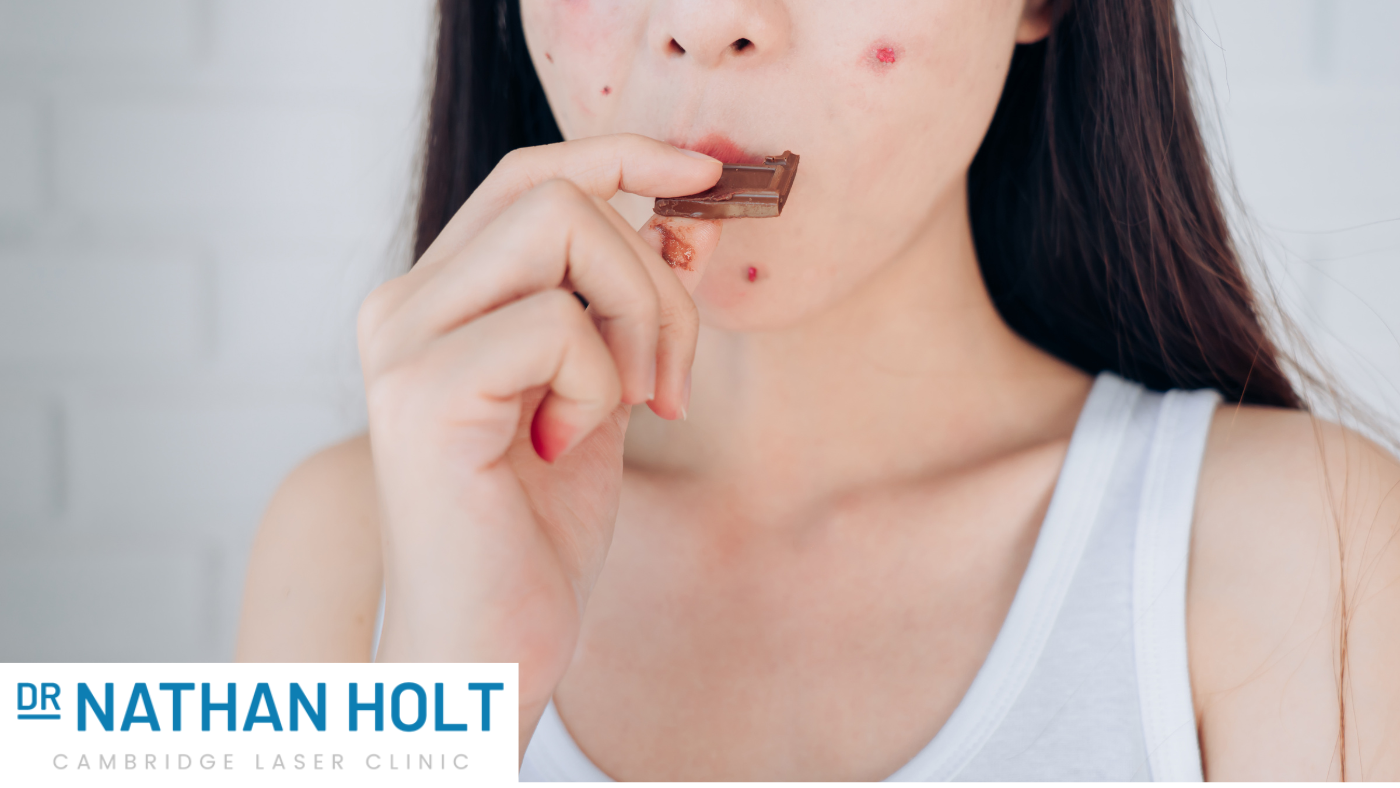Rosacea, a chronic skin condition characterised by facial redness, swelling, and visible blood vessels, can…

Laser Tattoo Removal – How Does It Work?
There is no denying that tattooing is an art form, and having tattoos is a fantastic way of expressing yourself. You can reveal a lot about yourself, such as your hobbies, interests, style or love for a family member. Though you might have put a lot of thought into getting a tattoo, there is no knowing when your opinion on it will change. If you dislike a tattoo or want to change it to something different, you will need to have it removed. This is where laser tattoo removal comes in.
How Does Laser Tattoo Removal Work?
By targeting tattooed areas of the body with a specialist laser, the ink pigments on the skin that create the tattoo are slowly broken down. This reduces how bright, bold and noticeable the ink is. The laser’s energy helps the ink dissolve into smaller pigments, which can then be removed by the body. Over time, as more and more pigmentation is removed from the skin, the ink will begin to fade and slowly disappear. Once the laser tattoo removal treatment is complete, there will be no sign of the tattoo.
One of the great things about laser tattoo removal is that it doesn’t leave a scar, meaning there is no sign of a tattoo once it has been completely removed from the skin. However, laser tattoo removal can result in scabs and blisters whilst the area is healing. If these are not correctly cared for, they could cause scars.
How Long Does Laser Tattoo Removal Take?
You should be able to see the tattoo fading after one session of laser tattoo removal, but it takes an average of six to eight sessions to remove a tattoo completely. This varies slightly, and a handful of factors can impact how long laser tattoo removal takes. For example, larger tattoos usually require more sessions, as do those that are colourful and those with large shaded areas. Whereas some tattoos can be removed in six sessions, others may need more. It’s not uncommon for large tattoos to require ten or more laser treatment sessions.
Though it’s the most effective way of removing an unwanted tattoo, laser tattoo removal is by no means a quick fix. You will need to wait six to eight weeks between laser tattoo removal sessions; therefore, the entire process can take many months. However, there will be a noticeable difference after each session, and your tattoo will become less evident as the sessions go on.
Does Laser Tattoo Removal Hurt?
There is some pain associated with laser tattoo removal, but it’s a level of pain that most people can handle without too much bother. Many people who have had laser tattoo removal describe it as discomfort rather than pain. It’s unlikely to hurt as much as getting the tattoo. Things to expect are short, sharp stings and some tenderness.
Are Older Tattoos Harder to Remove with Laser Treatment?
Many people make the mistake of assuming that older tattoos are harder to remove than newer ones, but this is not the case. Older tattoos have had longer to ‘become one’ with the skin, but removing them with laser tattoo removal is no more difficult than removing a newer tattoo. This is because tattoos tend to fade naturally over time, and older tattoos have had a long time to do that. As tattoo ink sinks deeper into the lower layer of the skin, the body’s immune system tries to remove it, causing the ink to fade slowly. When the time comes to start laser treatment, some of the ink will have already broken down and been removed.
If you want to remove a new tattoo, you should wait at least six weeks after tattooing to have laser removal treatment. This is because it takes a while for the ink to fully migrate to the lower layer of skin, which means some of it will reside within the top layer of skin after tattooing. If lasers are used on the skin too soon, you might experience overheating and blistering.
What Does Laser Tattoo Removal Aftercare Look Like?
Your skin will be sensitive and sore after laser tattoo removal. So, you need to prevent the skin from getting infected to ensure it heals correctly. Laser treatments damage the skin; therefore, you need to give the skin enough time to rejuvenate.
The treated area should be bandaged after treatment, and this should remain in place for around three days. You should avoid applying creams or makeup to the treated area for the first few days after treatment. You should also keep the area as clean and dry as possible, so it’s best to avoid bathing or showering for the first few days.
You should avoid going in the sun for three to four weeks after laser tattoo removal, and your skin should be protected against heat as much as possible. This is because the treated area will be more sensitive than usual, and sun exposure could damage the skin. Not only will this stop the skin from healing correctly after treatment, but it could hinder the removal effects.
Professional Laser Tattoo Removal
Laser tattoo removal is an effective way to eliminate tattoos you no longer want. Regardless of why you want the tattoo removed, our specialist lasers will slowly fade and remove the ink. There is no need for you to have a tattoo you no longer want, not when laser tattoo removal is effective. To learn more about laser tattoo removal at Cambridge Laser Clinic, speak to a specialist.



